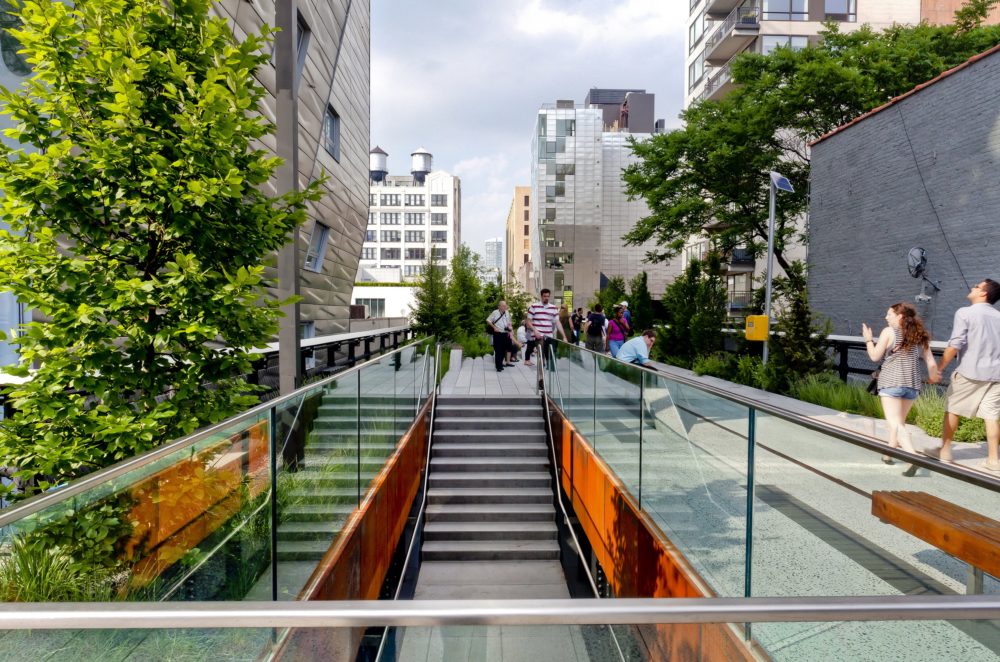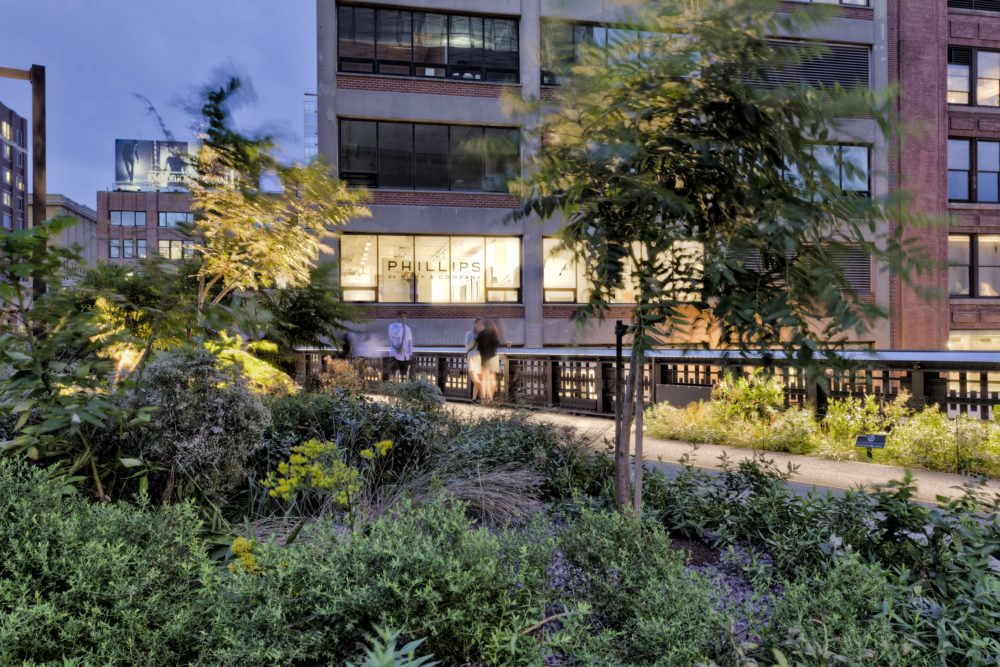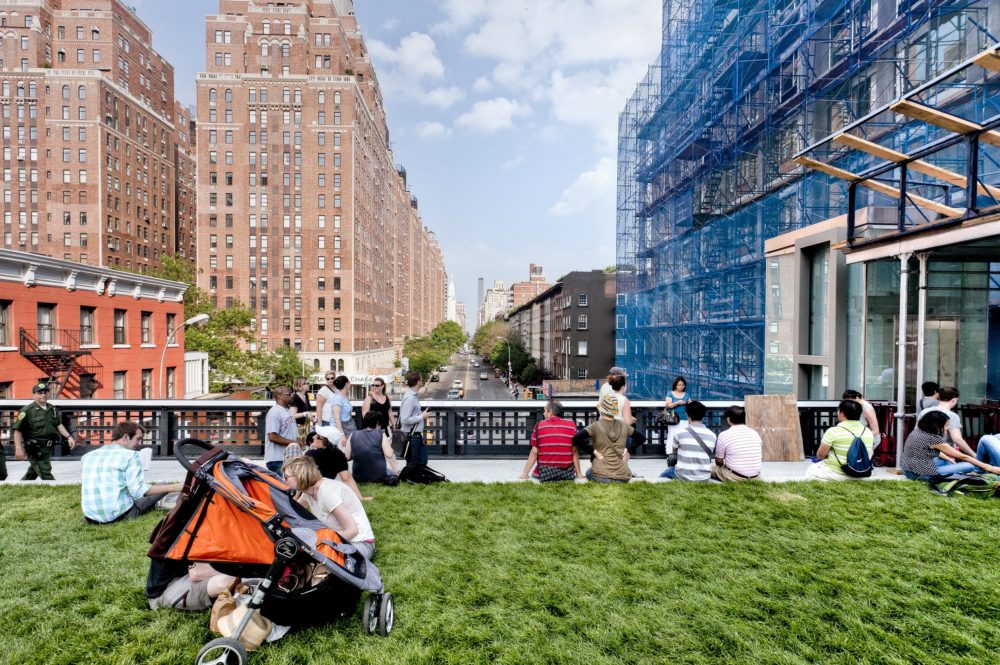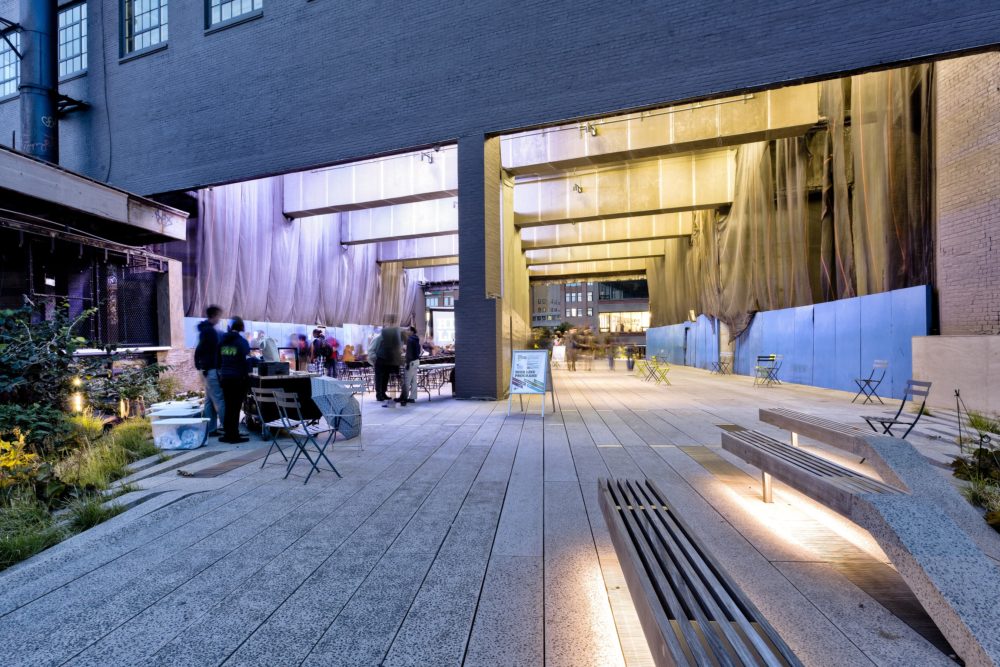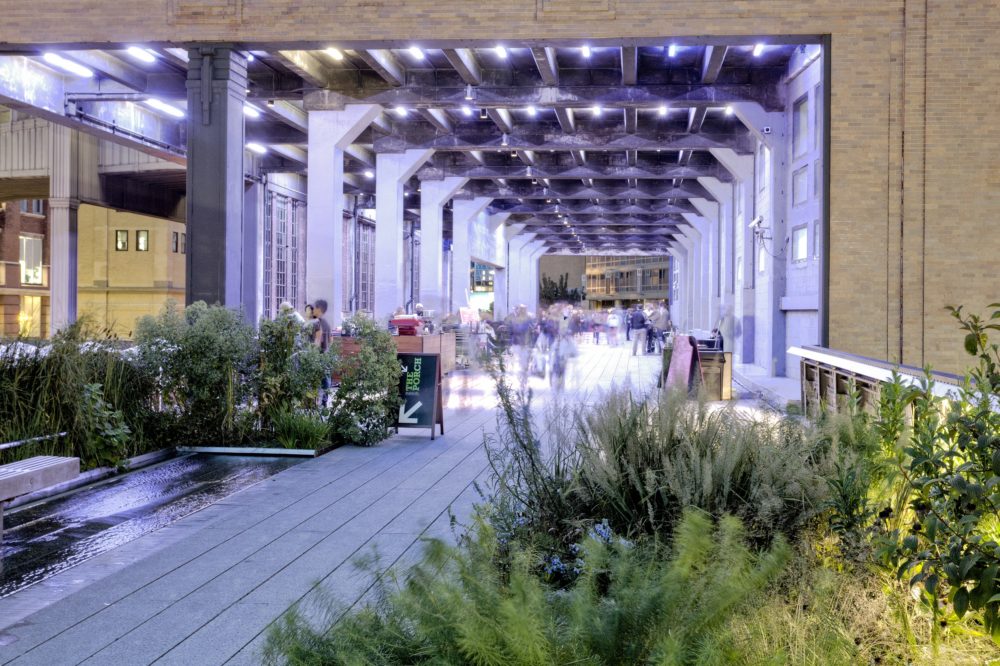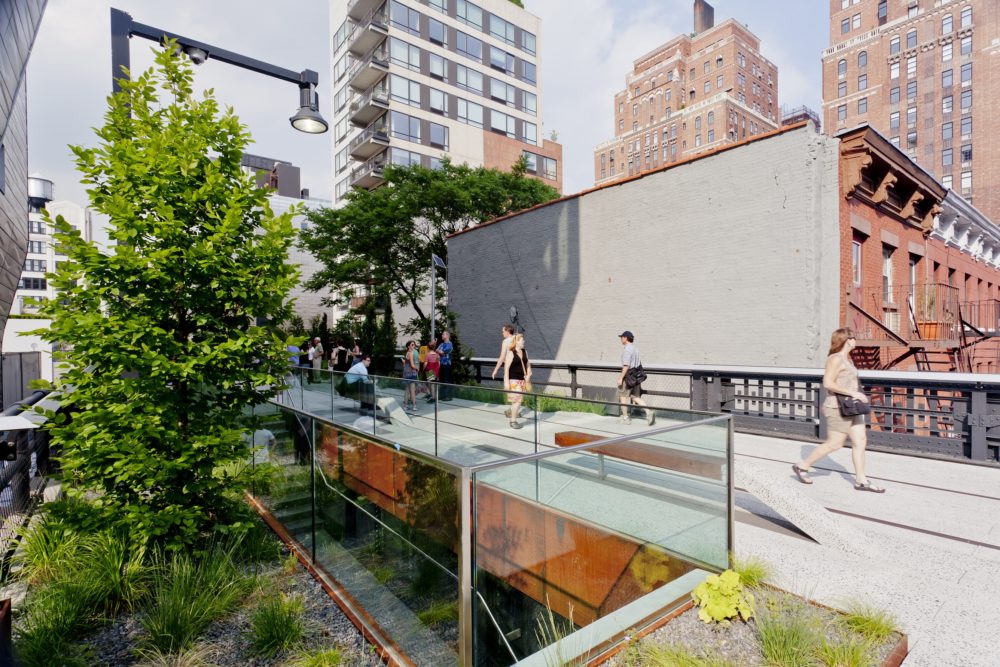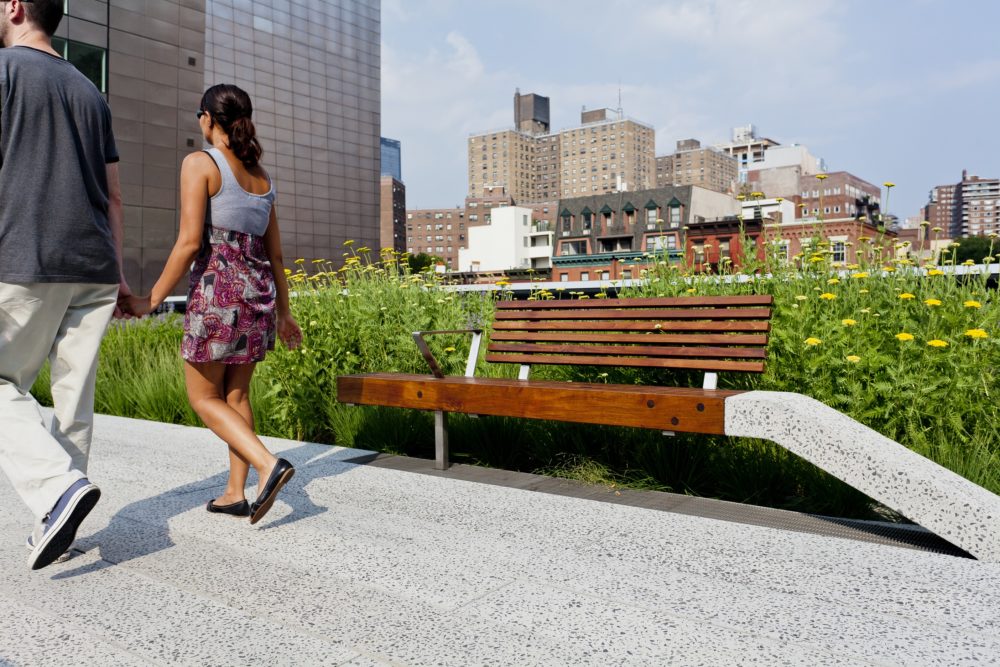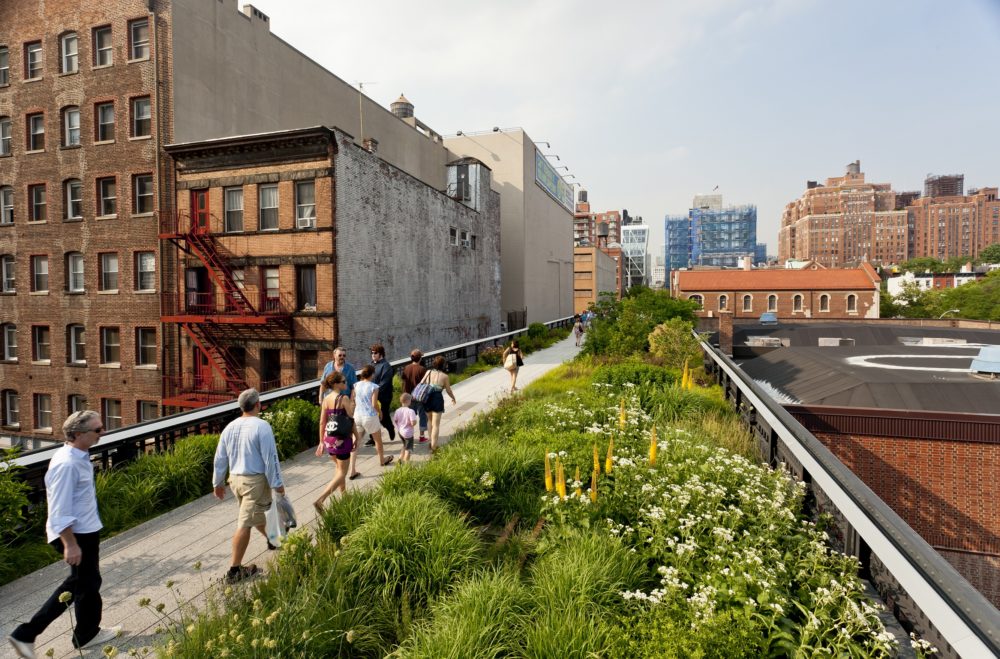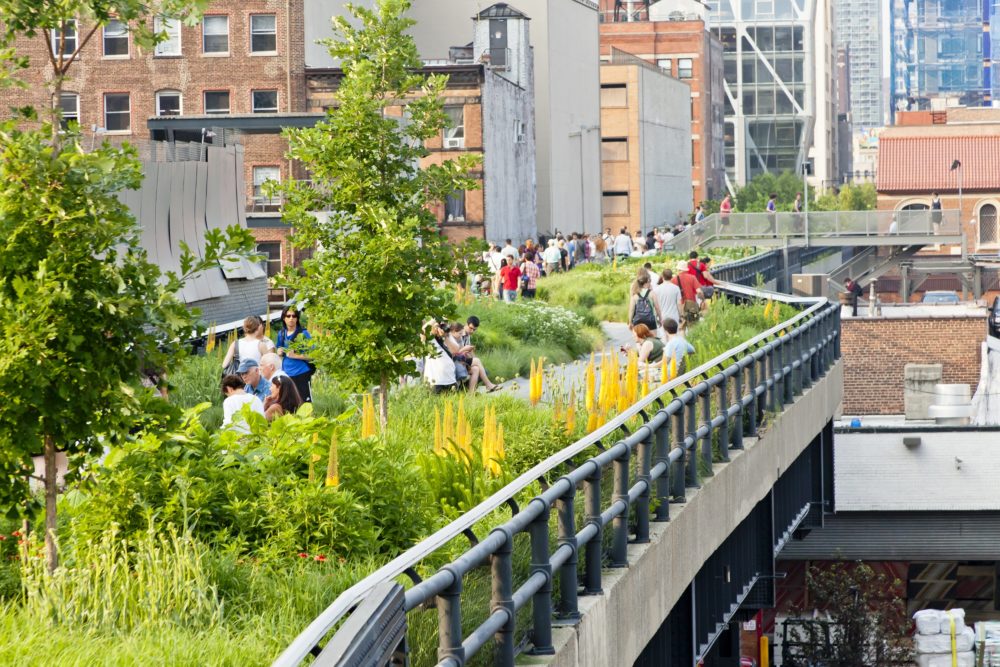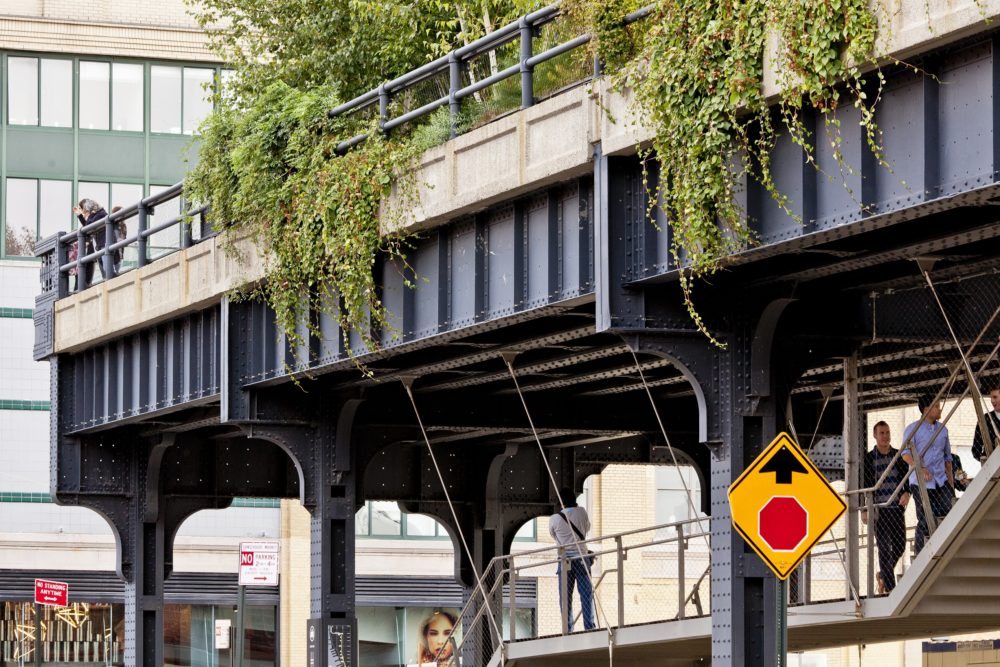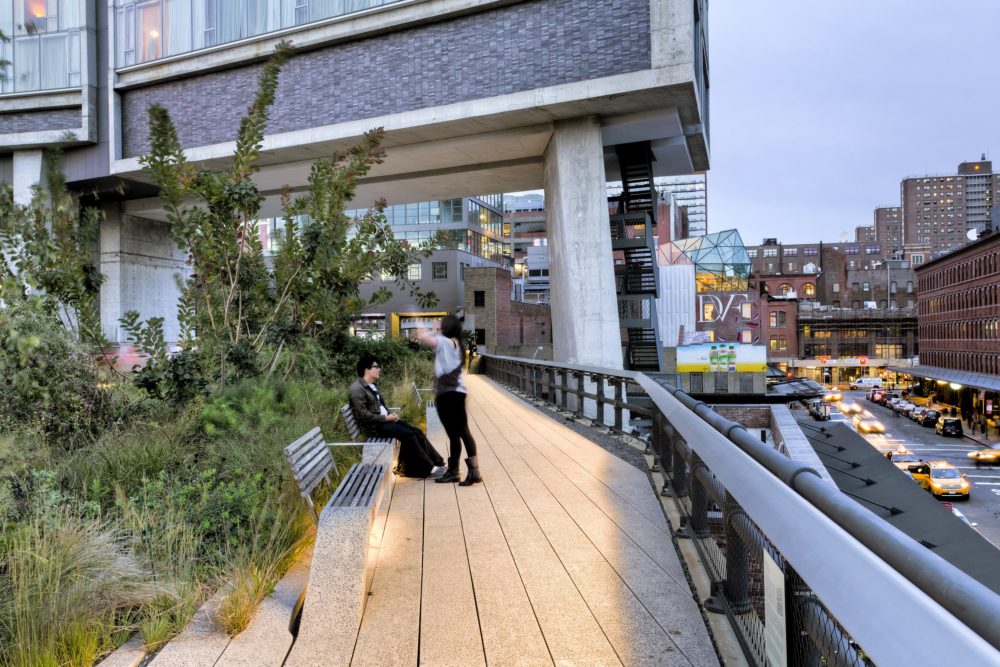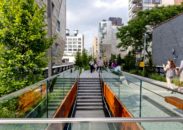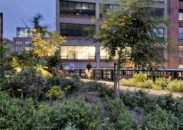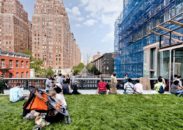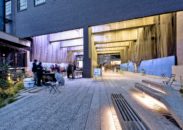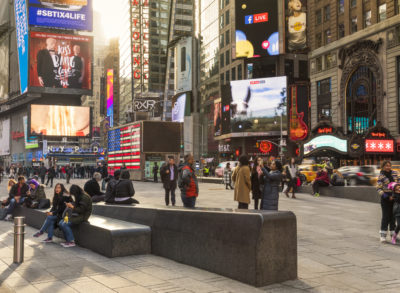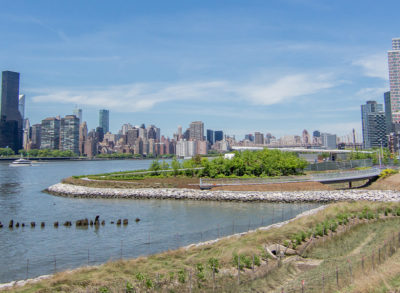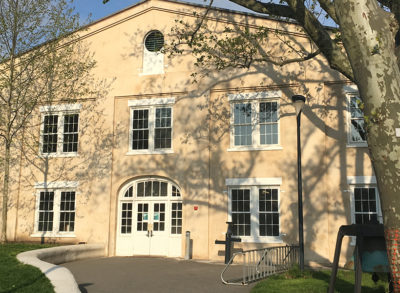Overview
The High Line Park is an elevated park on Manhattan’s West Side that has gained worldwide acclaim since its opening in 2009. The elevated railway, built in the 1930’s to serve New York’s meat packing industry, ceased operation in the 1970s and sat vacant for over three decades. Two New York City agencies (New York City Economic Development Corporation (EDC) and New York City Department of Parks and Recreation (DPR)) collaborated to convert the structure, once slated for demolition, into an elevated urban park. Measuring 1.45 miles long and totaling 6.7 acres, the High Line’s promenade is longer than that of Central Park. LiRo-Hill acted as the Owner’s Representative on the project, overseeing day-to-day operations for its two clients to ensure that design and construction goals were met and inform clients of all key issues and developments for Section’s I and II of the three-phase project. LiRo-Hill provided resident engineering services, environmental monitoring, and site support. The LiRo-Hill team’s close involvement in this process ensured that the details of the park met the quality and craftsmanship standards of the clients and designers.
About the Project
To enable pedestrian use, hazardous material had to be completely remediated. Lead paint was removed from the structure by abrasively blasting within an SSPC Class 1A containment. LiRo-Hill monitored this work and also performed the required third party air monitoring to ensure TSP-lead emissions were not generated. Approximately 700,000 sf of structural steel was painted using a three coat moisture cured urethane coating system. LiRo-Hill identified previously undefined asbestos conditions associated with the steel structure, abandoned rails on the track bed, and at an adjoining former meat packing facility that needed to be demolished. Bulk material testing was conducted to define the scope of needed remediation work and LiRo-Hill assisted in the preparation of abatement design documents including variance applications to NYCDEP. During the demolition of a meat packing facility located adjacent to the rail line on Washington Street, LiRo-Hill performed community air testing for silica and respirable dust.
Project Challenges & Solutions
The Section I and Section II construction phases presented numerous challenges, due to the project’s unique aspects and complexity, which the LiRo-Hill team successfully overcame. The project was performed under two one-year contracts, which posed significant challenges, as coordinating the work of multiple contractors was necessary, as well as executing work schedules so there was minimal impact on construction projects adjacent to the High Line. Significant coordination was required among numerous importers, as custom materials were imported from around the world, for example, glass from China and plantings from Holland. Also, numerous regulatory reviews were required, due to the complex nature of the project, from agencies such as the U.S. Environmental Protection Agency and the New York City Buildings Department.
Outcome
What was once derided as a community blight and eyesore, the High Line has received worldwide attention and acclaim, attracting two million visitors in its first year. The park has also been a catalyst to numerous headline-making construction projects, such as the Caledonia condominiums at 18th Street; the HL23 Project, a condominium at the High Line at 23rd Street; and The Standard Hotel, which straddles the park. And, as another indication of the High Line’s growing importance, the Whitney Museum of American Art constructed a 200,000 sf building at the foot of the High Line, which opened in 2015.
